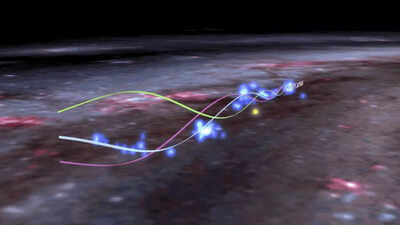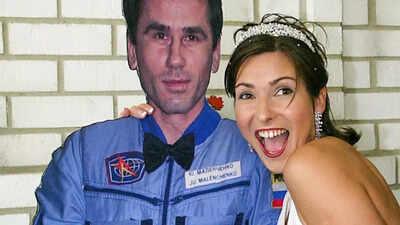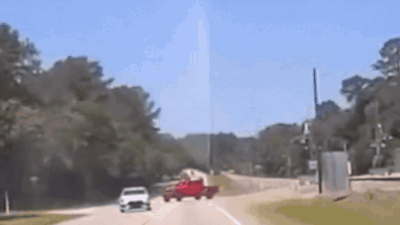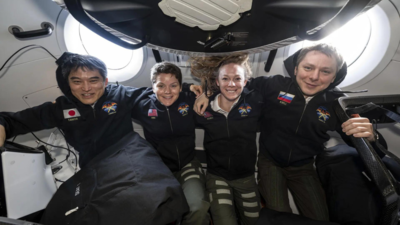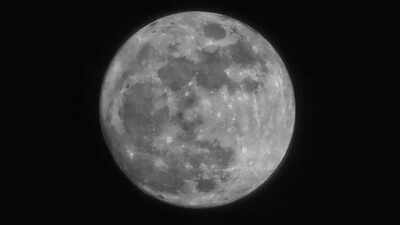In a stunning breakthrough, astronomers have discovered seven massive structures of gas known as superclouds just beyond our solar system. These immense clouds, stretching thousands of light-years across, are likely the birthplaces of stars and may have formed from material stripped from the spiral arms of the Milky Way. While two of them, including the well-known Radcliffe Wave, had been identified earlier, five are brand new discoveries. Lying nearly parallel to each other and undulating in wave-like patterns, these superclouds are our largest local neighbours in space and are rewriting what we know about interstellar structure and star formation.
A hidden interstellar structure revealed by modern mapping
Thanks to advanced space mapping using data from the Gaia spacecraft, a team of astronomers led by Lilly Kormann from the University of Vienna has charted a detailed 3D map of interstellar dust and hydrogen within 50 million square light-years around the Sun. What they initially saw were patches of high-density dust, but a closer analysis revealed that many of these dense zones were linked together in long, coherent structures. By connecting the dots, the team identified seven vast superclouds, including the Radcliffe Wave and a previously known one called the Split, lying close to the solar system in an almost parallel arrangement.
Colossal dimensions and mass
Each of the seven superclouds stretches between 3,000 and 8,000 light-years in length and holds gas weighing 800,000 to 3.5 million times the mass of the Sun. These massive forms are not only among the largest known local structures in our galaxy, but researchers believe they might be even larger than measured, as parts likely extend beyond the edges of the current dust map. Positioned along the Milky Way’s disc, these superclouds form a sort of galactic framework that may shape the way stars and star systems, including ours, are created and distributed across space.
Star nurseries within the superclouds
What makes this discovery especially important is that most known stellar nurseries, regions where new stars are born, are located inside these superclouds, particularly along their central spines. This pattern strongly suggests that superclouds play a foundational role in star formation, acting as the “mothers” to smaller, denser gas clouds that collapse under gravity to form stars. Scientists now believe these superclouds represent an early stage in the hierarchy of star-making, offering insight into how vast structures break down into smaller ones, eventually producing stars, solar systems, and perhaps even planets like Earth.
The mystery of the waves
Most of the superclouds show a distinct wave-like form, rising and falling in an undulating pattern above and below the flat disc of the Milky Way. Only one, the Split, remains relatively straight. The fact that so many of these gas clouds zigzag in unison suggests there’s a common physical mechanism shaping them, possibly linked to galactic gravity, spiral arm dynamics, or even external galactic forces. Even more intriguing is how their average densities remain strikingly similar, despite differences in the amount of material packed into each section. This hints at a larger, still-unknown system regulating their structure and behaviour.
What this means for astronomy
This discovery marks a turning point in our understanding of the local interstellar medium, the cloud-like environment that surrounds our solar system. As astrophysicist Bruce Elmegreen put it, we are only now beginning to “see what is very local to us,” after decades of struggling to separate nearby structures from distant background noise. The identification of these seven superclouds gives scientists a valuable new framework to study star formation, interstellar physics, and the evolution of our galaxy on a large scale. It also opens new questions about what other structures might still be hidden in the cosmic dust.Also read | New Hubble photo shows cotton candy-like nebula in a nearby dwarf galaxy

